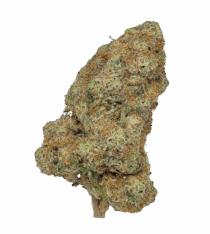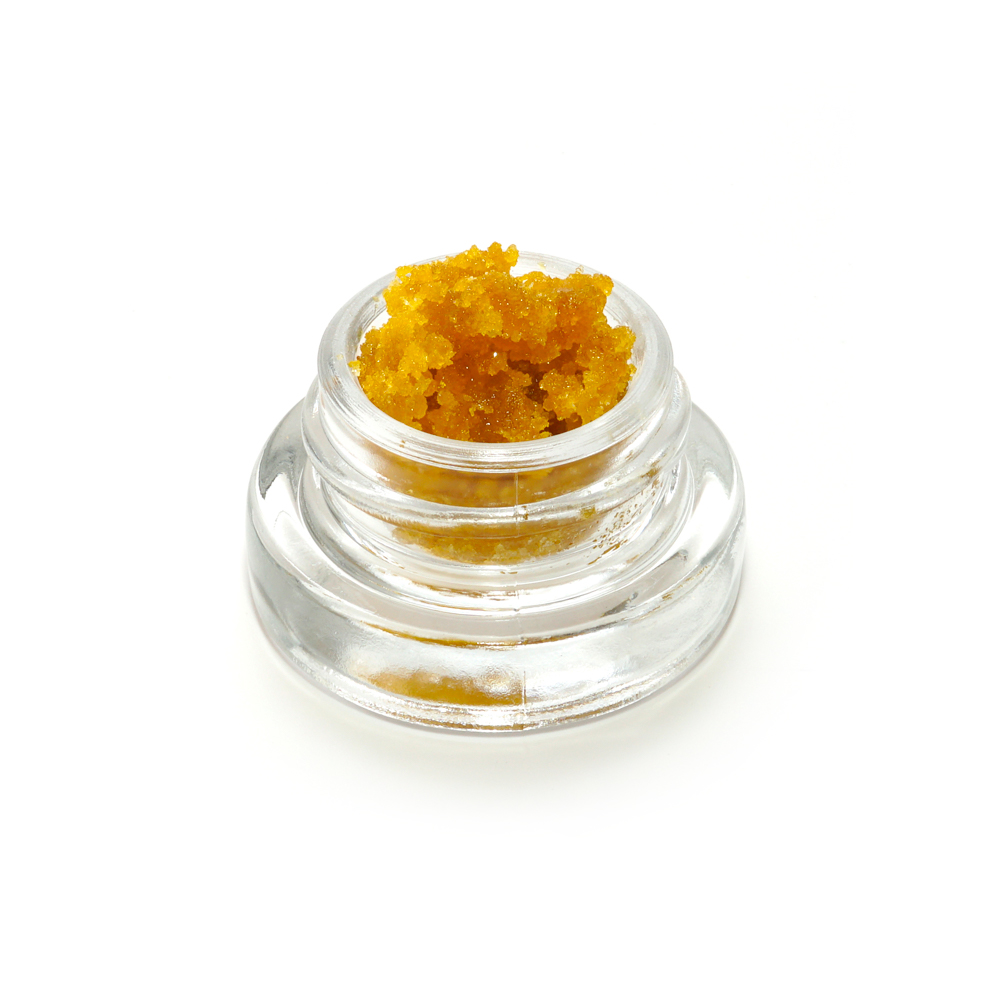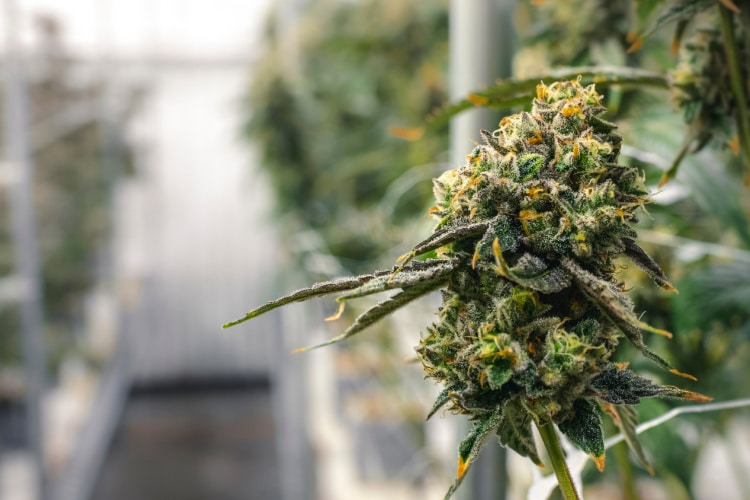Canadian Cannabis Made Clear: Canadian Cannabis Facts
Canadian Cannabis Made Clear: Canadian Cannabis Facts
Understanding Canadian Cannabis: A Brief History
Canada has long been a pioneer in cannabis regulation. From the legalization of medical cannabis in 2001 to becoming the first G7 country to legalize recreational cannabis in 2018, the nation has established itself as a global leader in cannabis policy.
The Cannabis Act governs the production, distribution, and sale of cannabis across Canada. This act ensures public safety while allowing adults access to regulated cannabis products.
Key Facts About Canadian Cannabis
- Legal Age: The minimum age to purchase cannabis is 19 in most provinces, except for Alberta (18) and Quebec (21).
- Purchase Limits: Adults can purchase and possess up to 30 grams of dried cannabis or its equivalent.
- Home Cultivation: In most provinces, adults can grow up to four plants per household for personal use.
- Product Types: Legal products include dried flower, edibles, concentrates, topicals, and beverages.
The Economic Impact of Cannabis in Canada
Since legalization, the Canadian cannabis industry has contributed billions to the economy. It has created thousands of jobs, from cultivation to retail, and boosted government revenue through taxation.
By 2023, cannabis sales in Canada exceeded $4 billion annually, showcasing its importance as a thriving industry. A lot of people are buying cannabis in Canada!
Canadian Cannabis Regulations: What You Need to Know
The Cannabis Act ensures strict regulations around advertising, packaging, and health claims about cannabis in Canada. For example:
- Cannabis packaging must be plain and child-resistant, with clear health warnings.
- Advertising cannabis to minors or through enticing imagery is prohibited.
- Edibles must meet strict potency limits (10mg THC per serving).
These regulations aim to prioritize public health and reduce the illicit market.
Canadian Cannabis Consumption: Trends and Insights
As of 2024, over 25% of Canadians report having used cannabis in the past year. Popular consumption methods include smoking, vaping, and edibles.
Many Canadians turn to cannabis for therapeutic purposes, such as managing stress, pain, or sleep disorders. However, recreational use remains the primary driver of the market.
Challenges Facing the Canadian Cannabis Industry
Despite its success, the Canadian cannabis industry faces challenges such as:
- High taxation and regulatory costs for producers.
- Competition from the illicit market, which still accounts for a significant share of sales.
- Stigma around cannabis use in certain demographics.
Innovations in product development and policy reforms may address these issues in the coming years.
The Future of Cannabis in Canada
Canada continues to lead in cannabis innovation. Emerging trends include:
- Sustainable cultivation methods to reduce environmental impact.
- Expansion of international exports, particularly to Europe.
- Scientific research on cannabinoids and their medical applications.
As the industry matures, Canada is set to remain at the forefront of the global cannabis movement.






